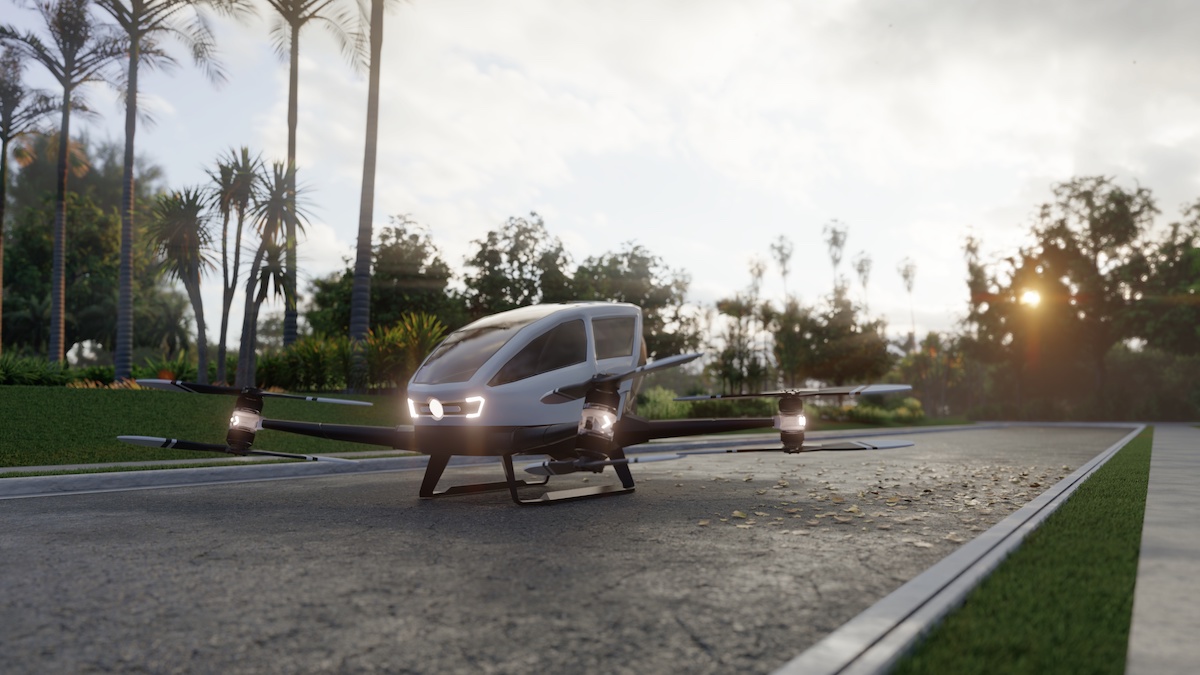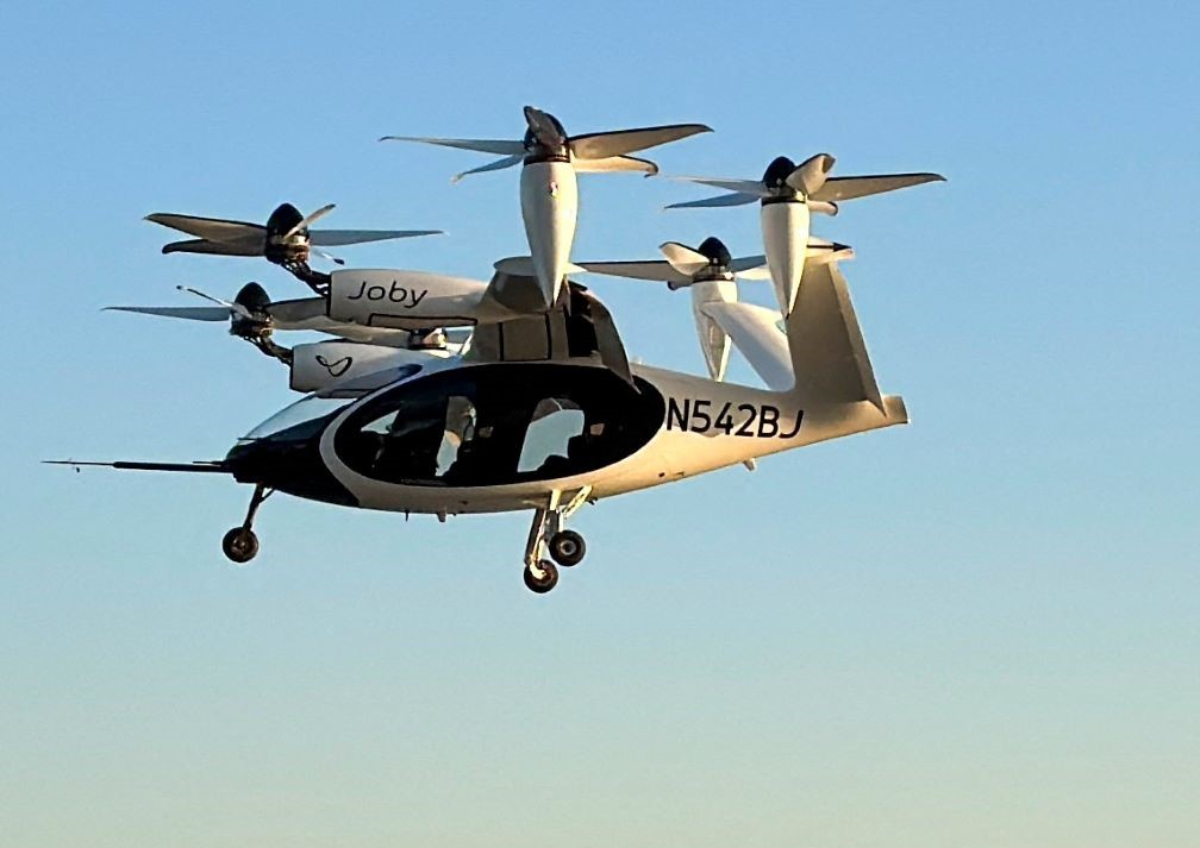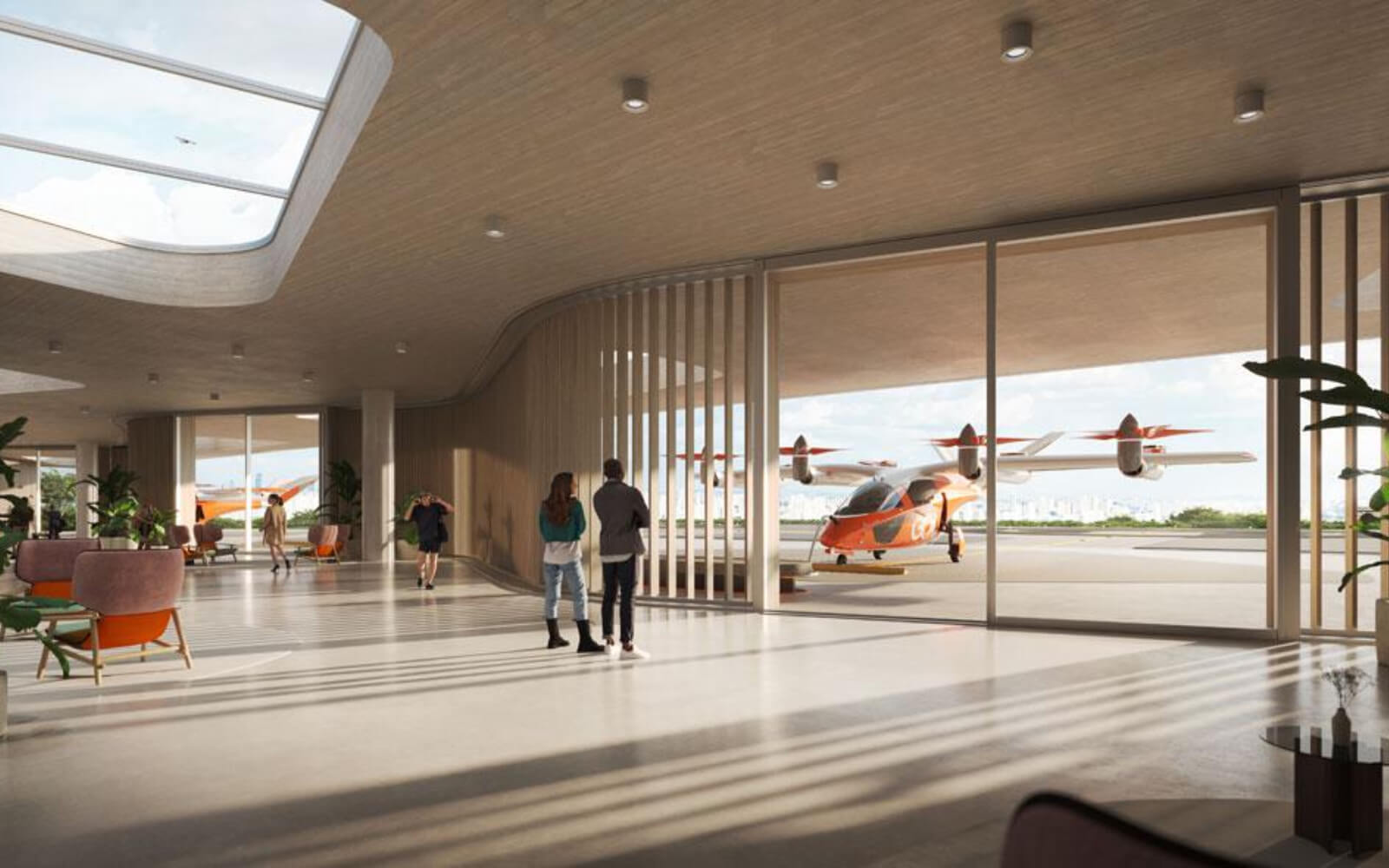
If the technology takes off, city officials will need to step into the world of aviation rules to ensure safety and limit environmental impact.
A new report from the Berkeley Transportation Sustainability Research Center outlines some of the steps that aviation agencies and urban planners will need to take to plan for ‘advanced air mobility’ such as air taxis and delivery craft.
Writing in Smart Cities Dive, Dan Zukowski notes that “The Federal Aviation Administration published guidelines for the operation of air taxis in the nation’s airspace last year, expecting growth to accelerate beginning in 2028.”
Air taxis are “electrically powered aircraft that can take off and land vertically like a helicopter” that supporters say could ease traffic congestion and offer a new, sustainable transportation mode.
Many local governments shy away from aviation regulation, but if air taxis become safe and viable, city planners will need to pay close attention. “One area for collaboration is planning future development near vertiports. Aircraft will need approach and departure paths, and a tall building erected near a vertiport could affect flight operations.”
Cities will need to update zoning ordinances to regulate where vertiports can be located, how the services would impact neighborhoods, flight times, and connections to existing transit and key destinations. “The report concludes that the public sector will need to understand public perceptions of advanced air mobility deployments, develop zoning provisions, evaluate demonstrations and early operations and prioritize stakeholder and community engagement.”
A new report from the Berkeley Transportation Sustainability Research Center outlines some of the steps that aviation agencies and urban planners will need to take to plan for ‘advanced air mobility’ such as air taxis and delivery craft.
Writing in Smart Cities Dive, Dan Zukowski notes that “The Federal Aviation Administration published guidelines for the operation of air taxis in the nation’s airspace last year, expecting growth to accelerate beginning in 2028.”
Air taxis are “electrically powered aircraft that can take off and land vertically like a helicopter” that supporters say could ease traffic congestion and offer a new, sustainable transportation mode.
Many local governments shy away from aviation regulation, but if air taxis become safe and viable, city planners will need to pay close attention. “One area for collaboration is planning future development near vertiports. Aircraft will need approach and departure paths, and a tall building erected near a vertiport could affect flight operations.”
Cities will need to update zoning ordinances to regulate where vertiports can be located, how the services would impact neighborhoods, flight times, and connections to existing transit and key destinations. “The report concludes that the public sector will need to understand public perceptions of advanced air mobility deployments, develop zoning provisions, evaluate demonstrations and early operations and prioritize stakeholder and community engagement.”








.png?disable=upscale&width=1200&height=630&fit=crop)



